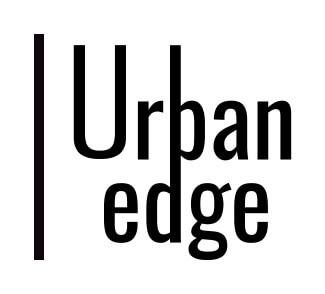Picture this: you’re browsing the internet, minding your own business, and suddenly stumble upon a term that catches your eye – C-Incognito. Intrigued, you dig deeper, only to find a shroud of mystery surrounding this elusive concept. What is C-Incognito exactly, and why is it causing a buzz in the digital world? Join us on this journey as we unravel the mysteries of C-Incognito and delve into its significance in today’s tech-savvy society.
Understanding C-Incognito:
To put it simply, C-Incognito refers to a state of online anonymity achieved through various means, with the letter “C” symbolizing confidentiality and discretion. In this digital age where privacy concerns loom large, C-Incognito offers a shield against prying eyes and data tracking. It empowers users to navigate the web without leaving a trail of their online activities, ensuring a level of secrecy and anonymity.
Tools for C-Incognito Browsing:
-
Virtual Private Networks (VPNs): VPNs create a secure tunnel between your device and the internet, masking your IP address and encrypting your data. This allows you to browse anonymously and access geo-restricted content.
-
TOR (The Onion Router): TOR routes your internet traffic through a series of servers, making it hard to trace your online activities. It enhances privacy and anonymity but may slow down your connection speed.
-
Privacy-Focused Browsers: Browsers like Brave and Firefox Focus prioritize user privacy by blocking trackers, ads, and other intrusive elements. They offer enhanced anonymity and security features.
The Benefits of C-Incognito Browsing:
Embracing C-Incognito practices comes with a myriad of benefits for users concerned about their online privacy and security. Let’s explore some of the advantages:
-
Enhanced Privacy: By concealing your online footprint, C-Incognito browsing shields your personal information from data brokers, advertisers, and potential cyber threats.
-
Freedom of Expression: In regions with strict internet censorship, C-Incognito tools enable users to bypass restrictions and access censored content without revealing their identity.
-
Protection Against Tracking: C-Incognito browsing thwarts tracking technologies used by websites and online platforms to monitor your behavior and preferences.
-
Secure Transactions: When making online purchases or accessing sensitive information, C-Incognito mode adds an extra layer of security by preventing third parties from intercepting your data.
Tips for Safe C-Incognito Browsing:
While C-Incognito browsing offers a layer of protection, it’s essential to complement these efforts with good cybersecurity practices. Here are some tips to ensure safe and secure C-Incognito browsing sessions:
-
Update Your Software: Keep your operating system, browser, and security software up to date to patch any vulnerabilities that cybercriminals could exploit.
-
Use Strong Passwords: Create unique and complex passwords for your accounts to prevent unauthorized access. Consider using a reputable password manager for added security.
-
Avoid Public Wi-Fi for Sensitive Activities: Public Wi-Fi networks are prime targets for hackers. Avoid conducting sensitive transactions or sharing confidential information when connected to public Wi-Fi.
-
Enable Two-Factor Authentication (2FA): Adding an extra layer of verification with 2FA significantly enhances your account security and protects against unauthorized access.
-
Clear Your Cookies and Cache: Regularly clear your browsing history, cookies, and cache to remove any stored data that could compromise your privacy.
FAQs About C-Incognito:
1. What is the difference between Incognito Mode and C-Incognito browsing?
- Incognito Mode offered by browsers like Chrome only prevents your browsing history from being stored on your device. C-Incognito browsing, on the other hand, aims to enhance anonymity by masking your online activities from trackers and data collectors.
2. Is C-Incognito browsing legal?
- C-Incognito browsing itself is legal in most regions as it focuses on protecting user privacy. However, the activities conducted while in C-Incognito mode must comply with the laws of the country you are in.
3. Can C-Incognito browsing completely hide my online activities?
- While C-Incognito tools provide a higher level of privacy, they are not foolproof. Advanced tracking techniques may still be able to trace certain aspects of your online behavior.
4. Does C-Incognito browsing slow down internet speed?
- Utilizing C-Incognito tools like VPNs and TOR may slightly reduce your internet speed due to the encryption and rerouting processes. Opting for reputable and high-speed services can mitigate this issue.
5. Are there any risks associated with C-Incognito browsing?
- While C-Incognito browsing offers increased privacy, it can also be used for illicit activities. Users should be cautious and ensure they are using these tools for legitimate and lawful purposes.
In conclusion, C-Incognito browsing opens up a world of possibilities for individuals seeking to safeguard their online presence and privacy. By understanding the tools, benefits, and best practices associated with C-Incognito browsing, users can navigate the digital landscape with confidence and security. Stay informed, stay protected, and embrace the power of anonymity in the digital realm.



